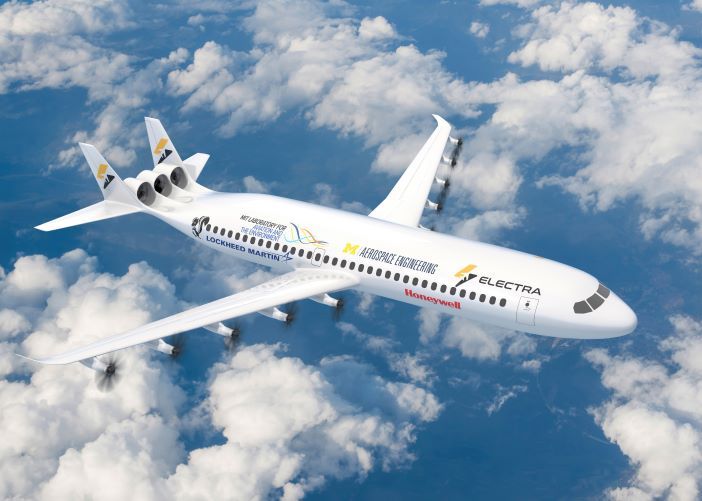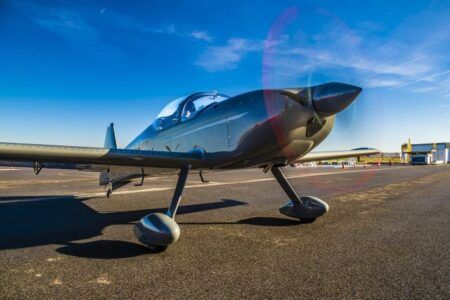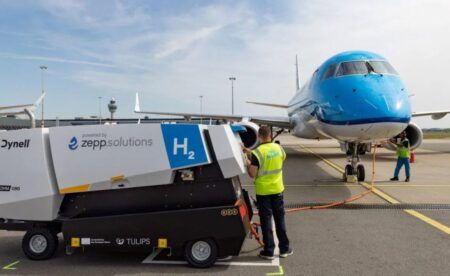US research agency NASA has launched a program to develop ideas for environmentally sustainable commercial airliners that will be used in 2050.
NASA’s Advanced Aircraft Concepts for Environmental Sustainability (AACES) 2050 initiative has made five grants worth US$11.5 million to Aurora Flight Sciences, Electra, JetZero, Pratt & Whitney and the Georgia Institute of Technology.
AACES research teams will explore new aircraft designs and key technologies for new propulsion and fuel systems that could be adopted by commercial aviation by 2050.
Bob Pearce, NASA associate administrator for the aeronautics research mission directorate said, “As a leader in US sustainable aviation research and development, these awards are an example of how we bring together the best ideas and most innovative concepts from the private sector, academia, research agencies, and other stakeholders to pioneer the future of aviation.”
NASA’s existing major environmental aviation development program, the Sustainable Flight National Partnership (SFNP) launched in 2021 and focused on technologies that could be incorporated into aircraft next decade. The SFNP has led to NASA projects such as the X-66 trussed high-wing Sustainable Flight Demonstrator aircraft and the Electrified Powertrain Flight Demonstration project.
AACES is being run in a similar way to the SFNP but with a longer timeline, said NASA.
Under AACES, Aurora Flight Sciences will examine alternative aviation fuels, propulsion systems, aerodynamic technologies, and aircraft configurations along with other technology areas that arise throughout the study.
The Electra-led team will explore extending the company’s distributed electric propulsion system and how its blown lift aerodynamic design can be applied to create more sustainable wing and fuselage integrations. Electra’s short take-off and landing hybrid-electric aircraft can take off and land using runways as short as 150ft and is currently being flight tested.
Researchers at the Georgia Institute of Technology will study alternative fuels, propulsion systems, and aircraft configurations and explore new aircraft concepts.
Meanwhile, blended wing body company JetZero will explore technologies that enable cryogenic, liquid hydrogen to be used as a fuel for commercial aviation to reduce greenhouse gas emissions. Pratt and Whitney will explore different aviation propulsion technologies targeting thermal and propulsive efficiency improvements to reduce fuel consumption and greenhouse gas emissions.
Dr Alejandra Uranga, Electra’s chief engineer for research and future concepts said, “Being selected by NASA for AACES is an important achievement for us,” said Uranga. “It validates our concepts and their potential scalability. We are honored with this opportunity from NASA to step up to the major leagues and help build a sustainable future for air transportation.”





